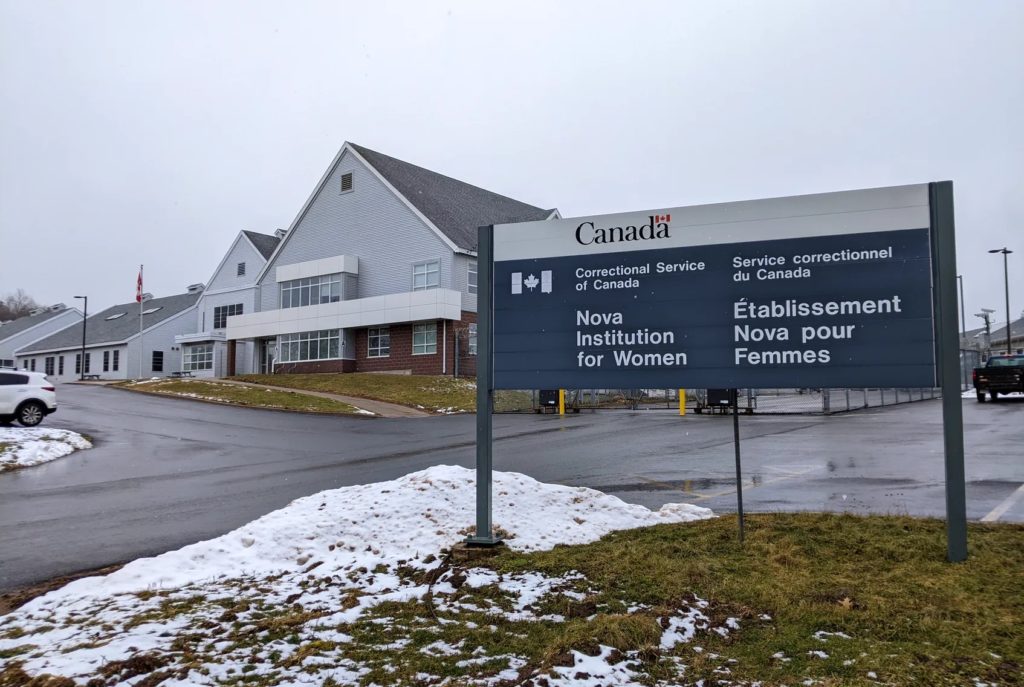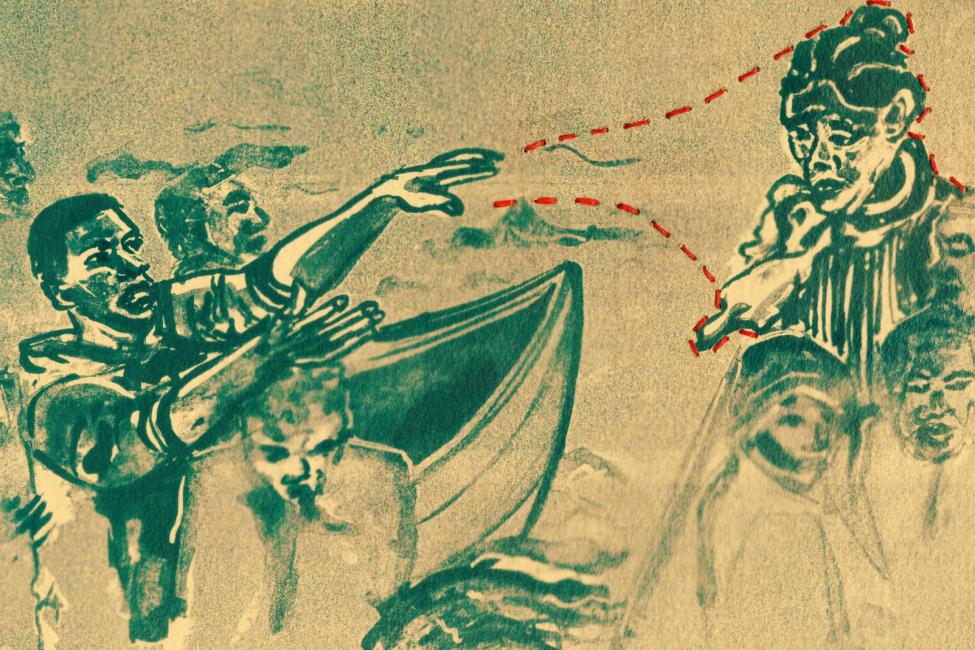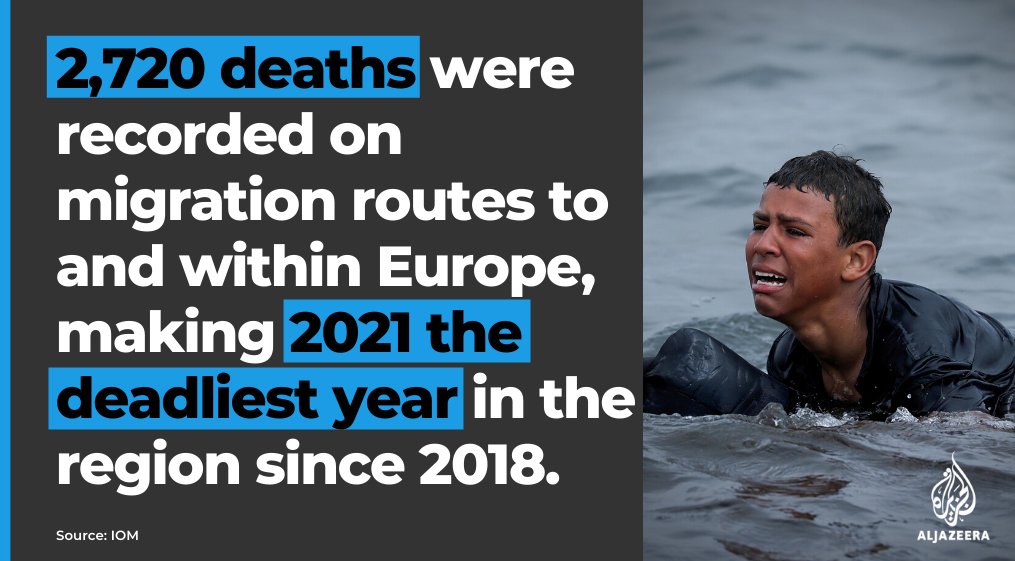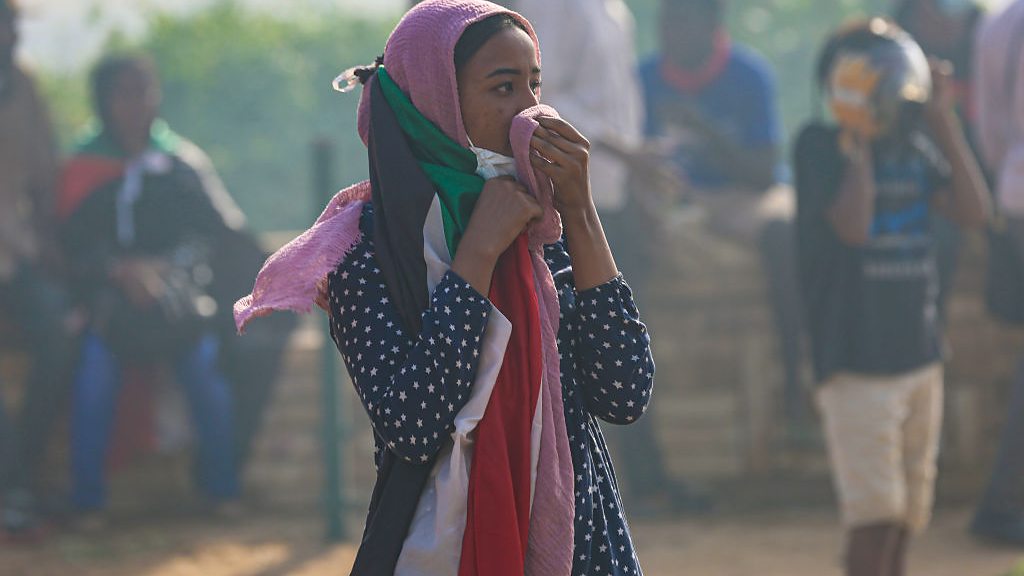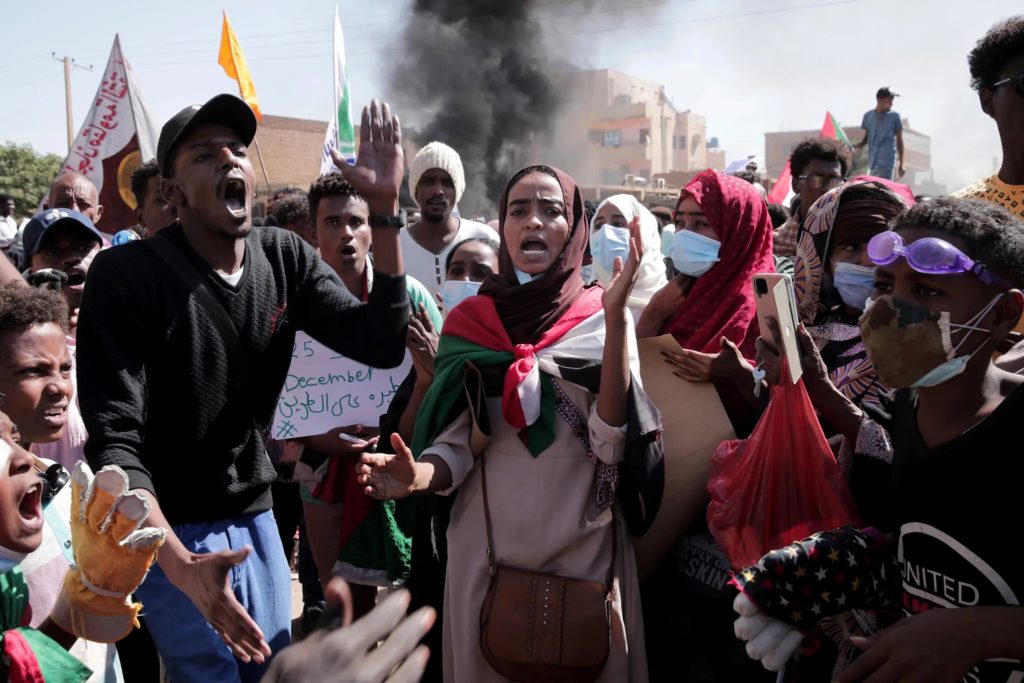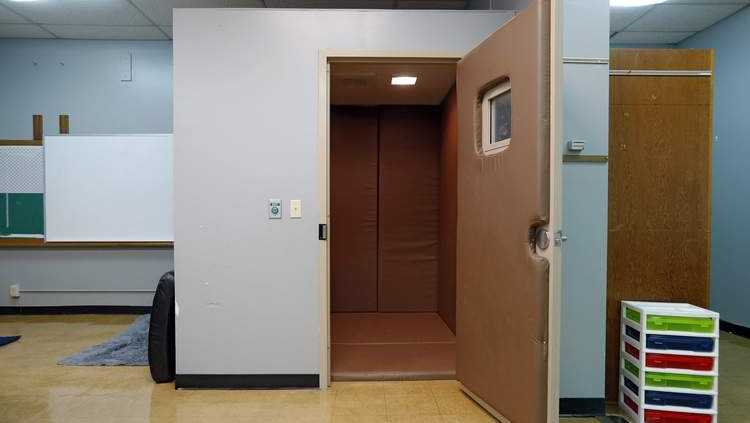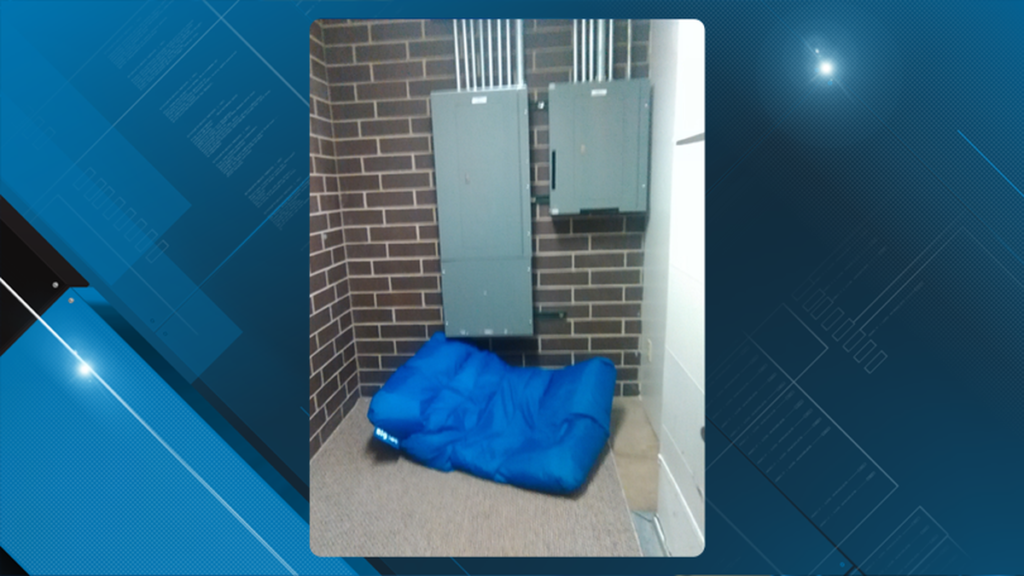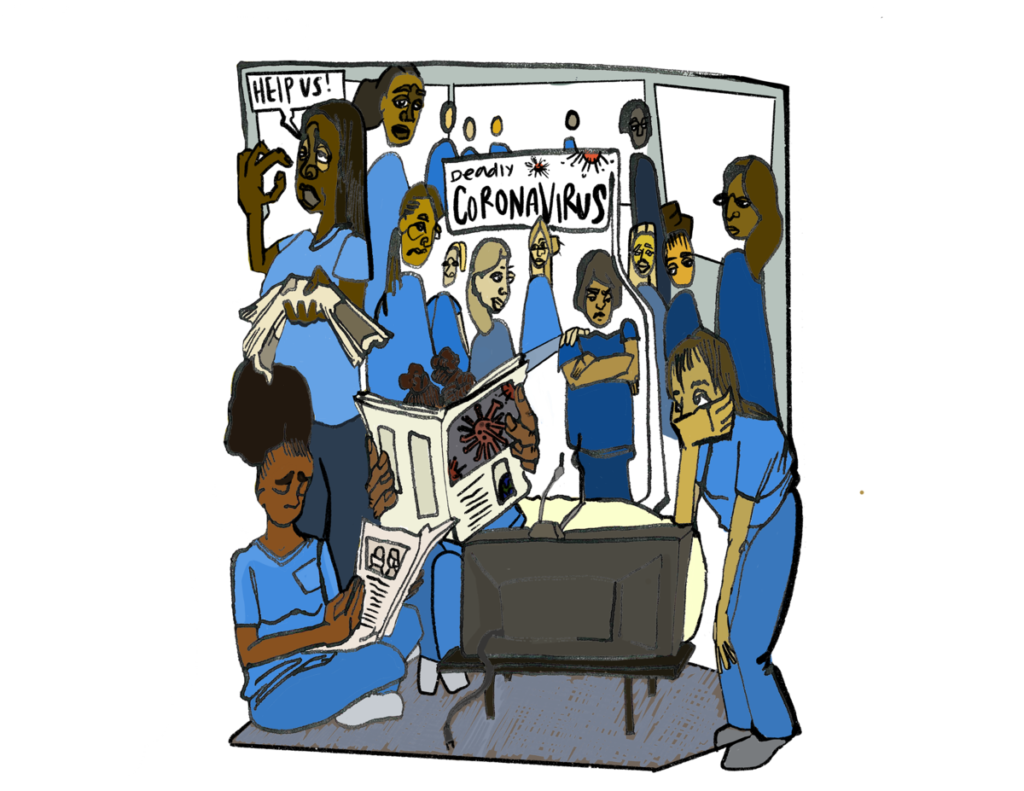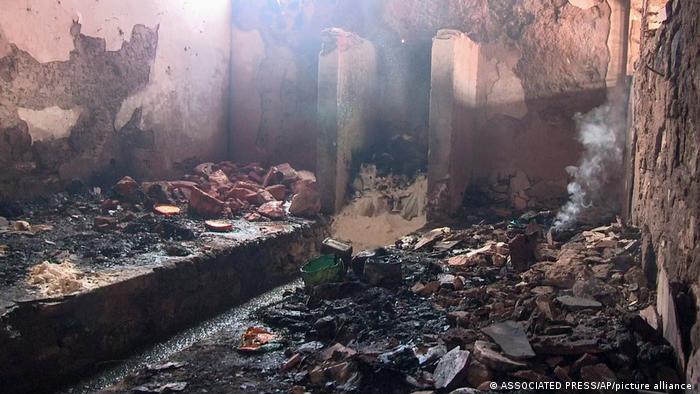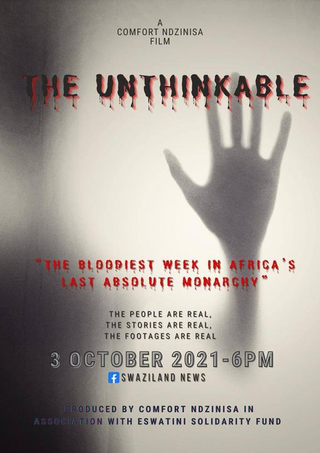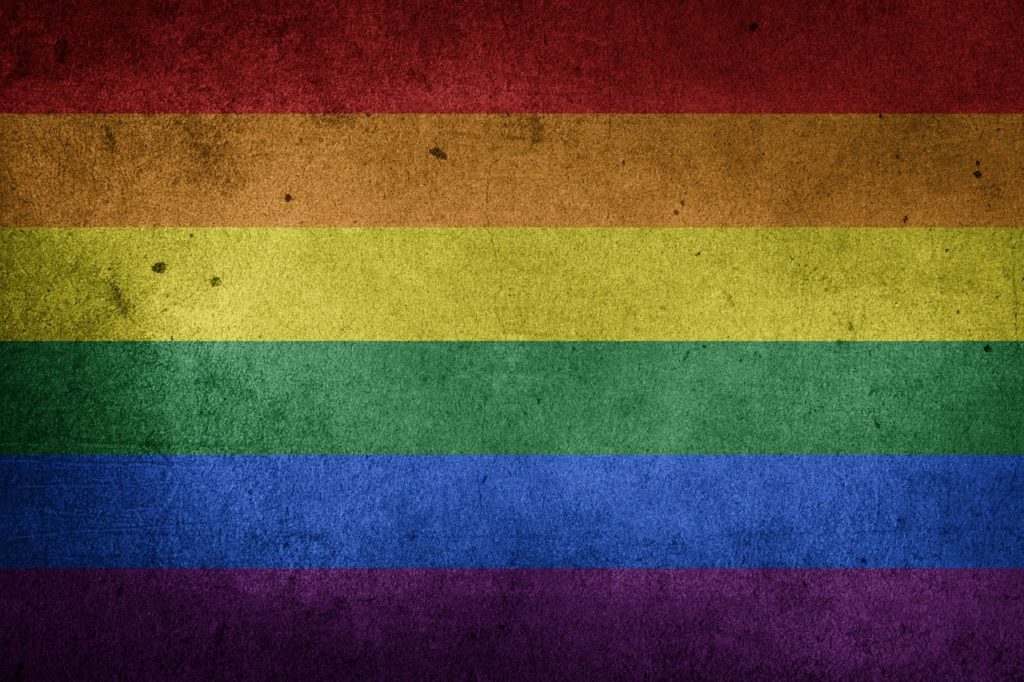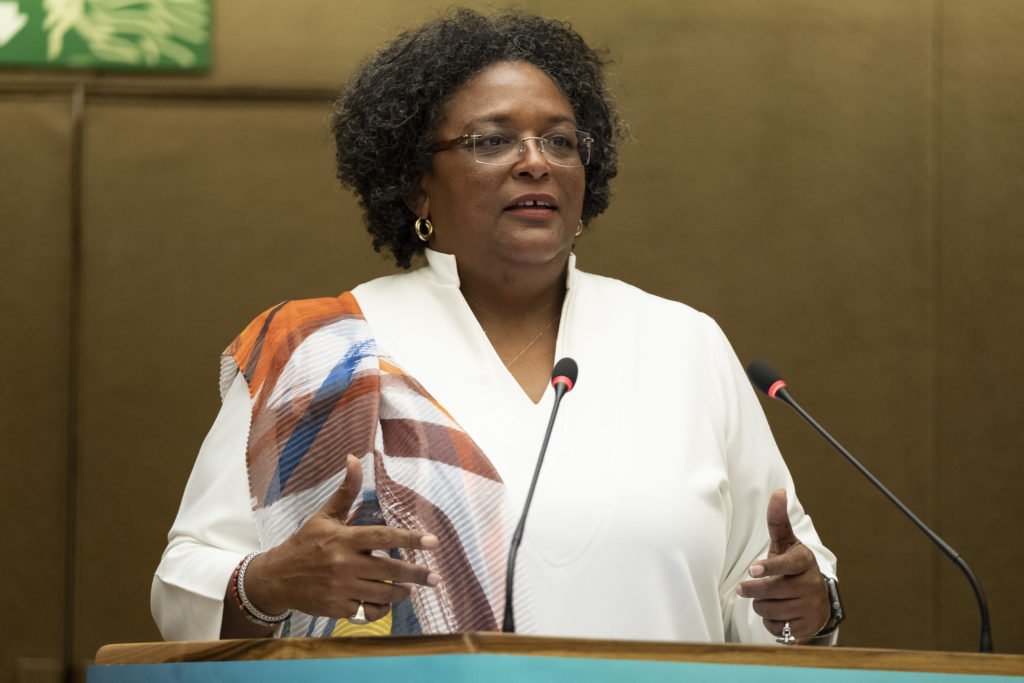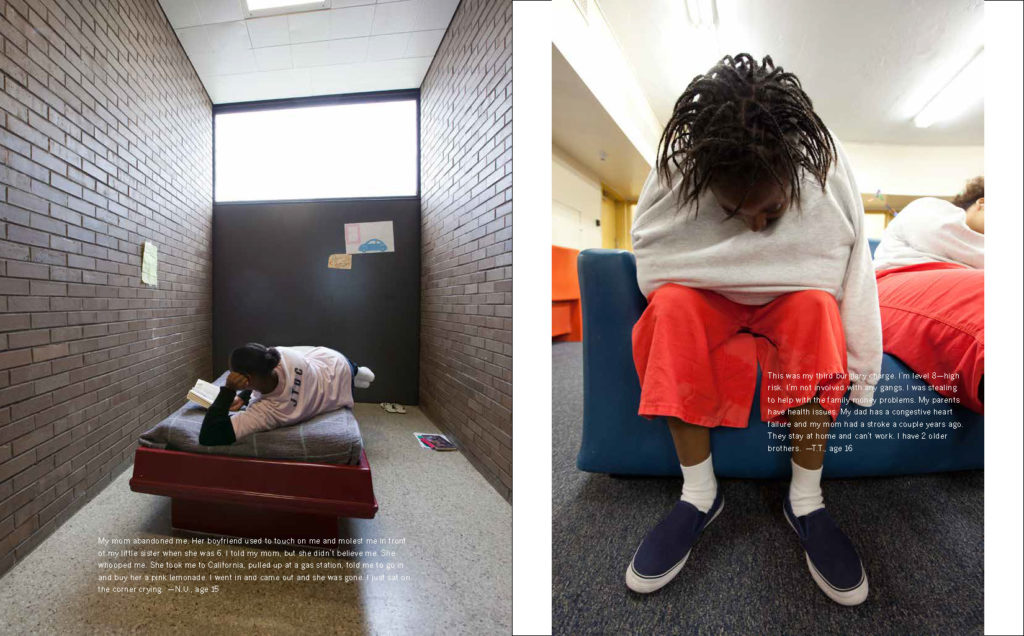
Detention harms children and youth, all children and youth. In fact, it leads to greater likelihood of early death, according to a recent study: “In this cohort study of 3645 previously incarcerated youths, the all-cause mortality rate was 5.9 times higher in previously incarcerated youths than the rate observed in general population, Medicaid-enrolled youths.” Given that on any given day, the United States holds more than 50,000 children and youth in juvenile detention center, that ratio should give pause. Of course, any ratio of childhood and youth mortality should give pause. Sadly, tragically, such is not the case. Further, “Of particular significance was the mortality rate in previously incarcerated females … The all-cause mortality rate among females was nearly 9 times that of the Medicaid comparison group …. Formerly incarcerated females were at a considerable higher risk of early mortality compared with female Medicaid-enrolled youths. Research shows complex histories of trauma contribute to females in the juvenile legal system to a much greater extent than males. Incarceration can exacerbate the adverse effects of these experiences.” Though shocking, none of this is new. Sixteen years ago, a study reported, “The mortality rate among female youth was nearly 8 times the general-population rate.” Sixteen years later, here we are, from eight times the general population to nine times.
Just prior to the pandemic, reports were that juvenile detention was dropping, but not as much for girls. Last year, the U.S. Office of Juvenile Justice and Prevention reported, “Male and female juvenile arrest rates have declined in the last 10 years; however, the relative declines have been greater for males than for females across many offenses. As a result, the female share of juvenile arrests has grown since 1980.” According to another recent report, during the pandemic, in urban areas, the number of boys in juvenile detention has dropped 41%; the number of girls dropped 37%. In rural areas, the number of boys dropped 30%, girls dropped 23%. What’s going on?
Two years ago, a study in Virginia found “that girls, especially girls with school conduct problems and no documentation of structured activities were treated more punitively at both intake and adjudication.”
Girls are criminalized for `misbehaving’, boys aren’t. Running away, skipping school, disobeying a parent sends girls, and not boys, to juvenile detention It’s been like that forever, and it continues, especially for girls and gender expansive youth of color. Year after year, for the last decade, reports have noted, and decried, the alarming rate at which girls are entering into the juvenile `justice’ system. The only problem is that, apart from the usual suspects, such as the Vera Institute, no alarm has been raised. Three years ago, the Vera Institute launched the Initiative to End Girls’ Incarceration. They do great work, both nationally and in respective states and municipalities, and yet, as the same time, girls `enter the criminal justice system’ in disproportionate numbers and, as a result, die at a young age in disproportionate number. The time for discovery is over. It’s time, it’s way past time, to stop the slaughter of girls and gender expansive youth.
(By Dan Moshenberg)
(Photo Credit: Richard Ross)
